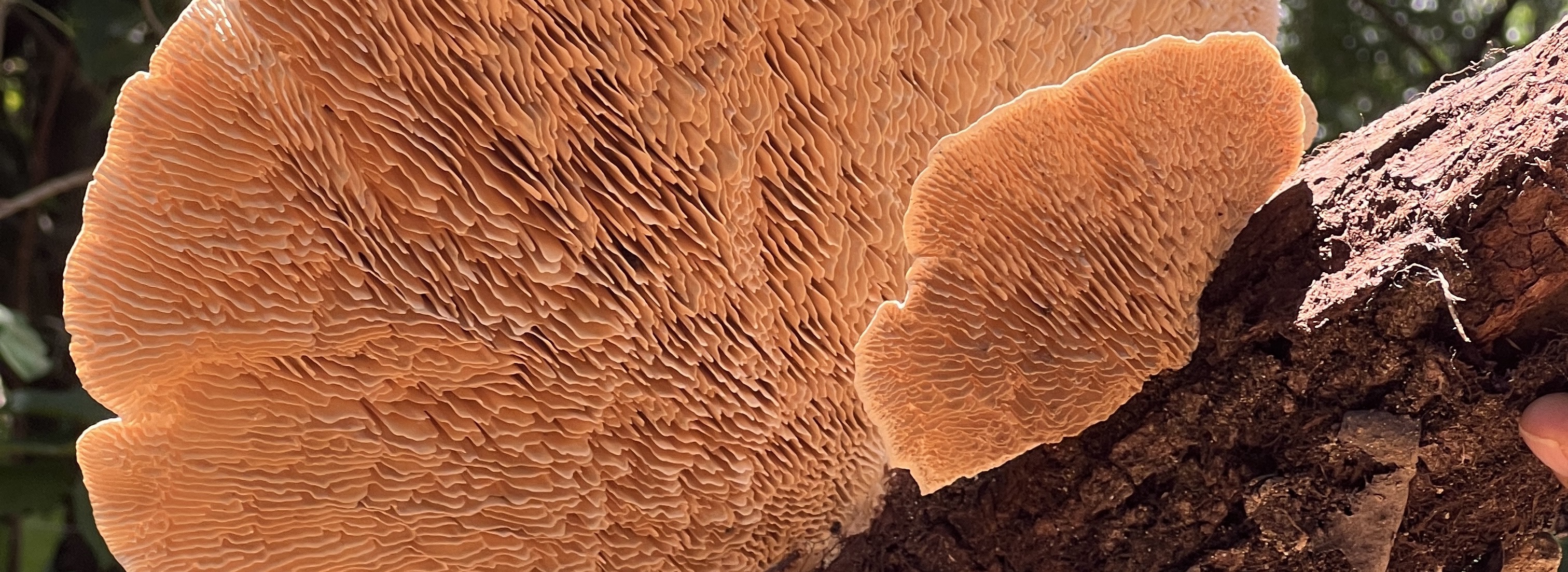
Monteverde Institute: Tropical Ecology and Conservation
Alternative Title
Ausencia de polaridad en los senderos feromonas y el uso de la brújula solar en las hormigas zompopas Atta cephalotes
Files
Download Full Text (296 KB)
Publication Date
November 2010
Abstract
The complex social system of leafcutter ants, Atta cephalotes (Formicidae) requires a high degree of organization and efficiency to ensure the survival of the colony. This suggests that communication between individuals is both common and intricate, especially during the complicated foraging process. Chemical signaling is employed by returning, laden ants along foraging trails. This study tested for the presence of polar properties within these trail pheromones to convey orientation cues to workers. Using manipulated foraging trails of a single colony in San Luis, Costa Rica, I observed individual ant behavior at different times of day. Rather than finding a correlation between ant direction and pheromone direction, A.cephalotes demonstrated a compass-like ability to navigate in vectors to their colony using the sun for navigation. These results indicate that a complicated navigation system in leafcutter ants, A. cephalotes has developed using light to determine relative position in space.
Resumen
El sistema social complejo de las zompopas, Atta cephalotes (Formicidae) requiere de un alto grado de organización y eficiencia para asegurar la sobrevivencia de la colonia. Esto sugiere que la comunicación entre individuos es común e intrincado, especialmente durante el proceso de forrajeo. Las señales químicas son utilizadas por las hormigas a lo largo del sendero de forrajeo. Este estudio prueba la presencia de propiedades polares dentro de estos senderos de feromonas para transmitir señales de orientación a las obreras. Usando los senderos manipulados de forrajeo manipulados en una única colonia de zompopas en San Luis, Costa Rica, observe el comportamiento de las hormigas a diferentes horas del día. En lugar de encontrar una correlación entre la dirección de la hormiga y la dirección de la feromona, A. cephalotes muestra una habilidad similar a la brújula para navegar hacia la colonia, usando el sol para este fin. Estos resultados indican que existe un complicado sistema de navegación en zompopas, A. cephalotes utiliza la luz para determinar la posición relativa en el espacio.
Keywords
Ants--Behavior, Pheromones, CIEE Fall 2010
Palabras claves
Hormigas--Comportamiento, Feromonas, CIEE Otoño 2010
Extent
6 pages
Geographic Location
San Luis (Puntarenas, Costa Rica)
Holding Location
Monteverde Institute
Language
English; Spanish
Media Type
Articles
Format
Digital Only
Identifier
M39-00286
Type
Book
Recommended Citation
Bliss, Marc A., "Absence of polarity in trail pheromones and use of sun-compass orientation in leafcutter ants Atta cephalotes, November 2010" (2010). Monteverde Institute: Tropical Ecology and Conservation. 94.
https://digitalcommons.usf.edu/tropical_ecology/94


